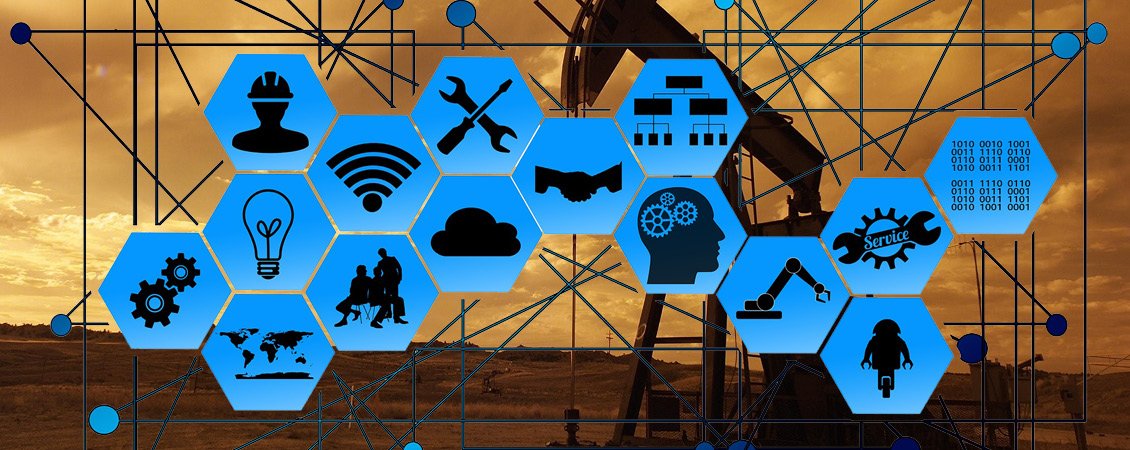The oil and gas industry is rapidly moving towards digital transformation. Companies in this industry are already capitalizing on the like of artificial intelligence, blockchain, IoT, big data and analytics, and more. The industry is one of the key contributors to the country’s economic growth. But what do these growing technological and economical trends mean for the next-generation workforce in the oil and gas industry? Many industry professionals believe that a growing skills shortage has been the biggest challenge for the industry. According to the 2019 Global Energy Talent Index report by Airswift and Energy Jobline, 39 percent of companies in North America and 42 percent in Europe reported the talent crisis is already here.
The major reason the oil and gas industry faces skills deficiency are numerous training challenges, including regulatory compliance mandates, training costs to an aging workforce and the need to improve production rates while reducing environmental impacts and safety accidents. Many reports reveal that millennials are tentative to make a career in the industry. This is significantly because of the concerns around the consistency of the industry in the future, contributing to a workforce shortage in the industry.
As millennials are becoming more tech-savvy, they want to work in innovative and evolving green energy industries. In this context, industry leaders must perceive millennials as individuals instead of a group and meet their needs that they want in their work.
Bridging the Skills Gap
The industrial revolution and the wave of advanced technologies have substantially dominated the oil and gas industry. Despite this, human capital remains a pivotal resource in accomplishing the industry’s growth. Thus, to ensure workforce productivity and efficiency, companies must devise a sustainable strategy for skills development. They must plan robust technical training for existing and future employees. Mentoring schemes and more such thorough upskilling approaches are indispensable for the industry to enhance broad technical, business and soft skills.
Creating job opportunities for young professionals can be an effective approach to lessen the shortage of talented workforce in the oil and gas sector. According to a study by Wood Mackenzie, there will over 1.4 million job opportunities in the US oil and gas industry by 2020. On the other side, the shale gas industry will generate over 1.6 million job opportunities by 2035, comprising over 360,000 direct jobs, over 547,000 indirect jobs, and over 752,000 induced jobs. So, supporting young professionals and millennials who recently began working in the industry without previous experience can help overcome skills shortage in the oil and gas sector.
Training the next-generation workforce with the help of distinct methods and technologies such as augmented reality and virtual reality, e-learning, gamification tools, etc. will help them better understand the industry. They can learn the industry’s complexities, challenges and explore ways to drive innovation.
Currently, the oil and gas industry is radically moving towards a cleaner and more sustainable approach for a green future. Sourcing the tech-savvy talent and millennials who are more equipped with emerging technologies are essential to achieve the industry’s goals. For instance, Iron and Earth, a non-profit led by Canadian oil sands workers, are upskilling electrical workers to work on solar projects. Moreover, a study shows that over 61 percent of employers have begun implementing new training and development programs, while 28 percent of employers are making changes to their retention and recruitment practices.





Leave a Reply